Exercise for Diabetes Management- FFD
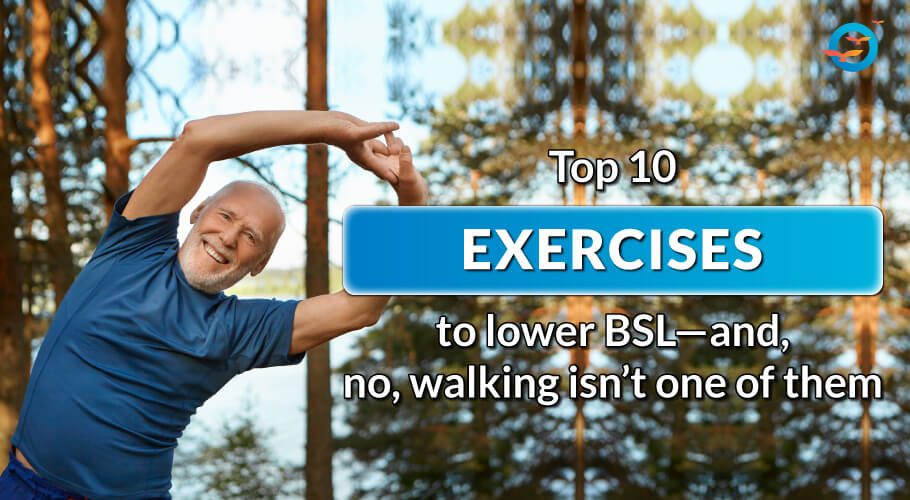
The exercise-blood sugar connection is something every diabetic is painfully aware about. Exercise amps the muscle cell's demand for glucose, which is required to create energy. Since this glucose comes directly from the bloodstream, it naturally lowers the percentage of blood in the bloodstream, dropping your blood sugar level.
Exercise has a similar effect to insulin, opening up your muscle cells to allow glucose in. One of the first strictures from doctors treating diabetics is to start an exercise routine immediately, and they often prescribe walking. But as we shall see one can obtain better results from several other exercises than walking
Just keep walking?
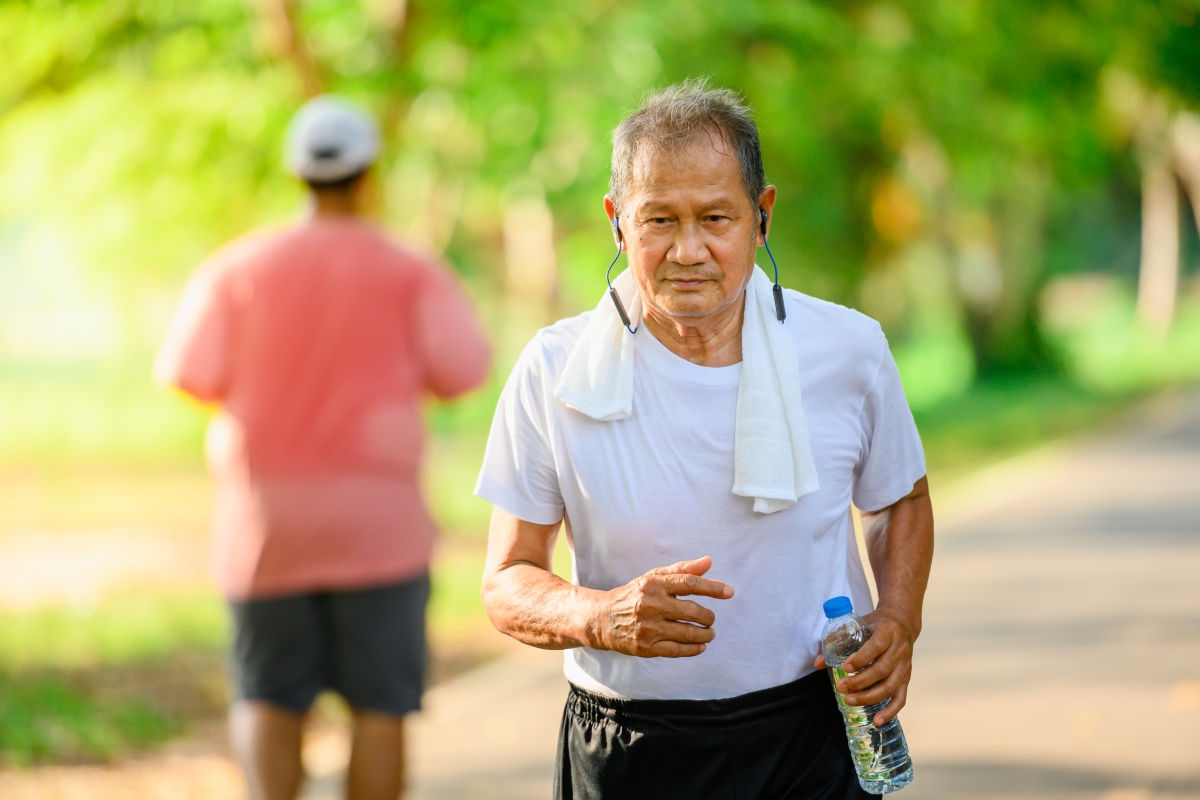
Regardless of what a famous beverage may advise, it’s just not productive to ‘keep on walking’. For generations, diabetics across the world have plodded interminable miles—-well for about an hour anyway—often braving rain, snow, and hit sun, in a bid to get those miles under their belt.
So, are they just wasting their breath? Well not completely, because any movement is better than none. But in terms of getting BSL counts down, not so much.
At its core, walking (we’re not talking the track event of power-walking, here) is basically an activity. A little better than a stroll. And the thing with the body is that it is a marvel of efficiency.
Which means it looks for the most efficient way to perform any movement. The reality is that within a week, you’re lucky if you expend 75% of the energy you thought you were burning. This is also why athletes use a concept called progressive overload—but more on that later.
1. Stair climbing
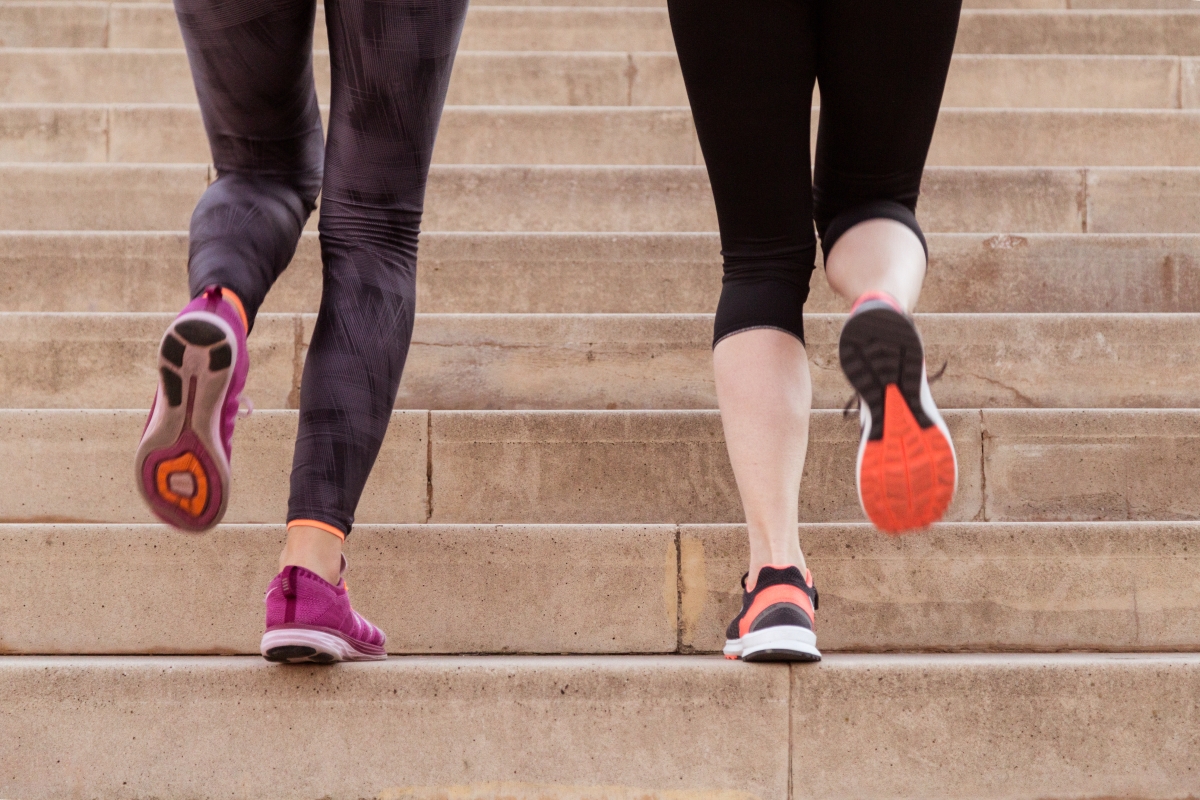
By far the easiest—almost as simple as walking—is stair climbing. Unlike walking though, stair climbing works the big muscles of your body in a way that forces high energy expenditure. If you’ve ever run or even walked up a flight of stairs you’ll know how breathless you can get.
For diabetics, stair climbing, which is nothing but an anti0gravity exercise, is highly recommended. For best results do it 90 minutes to 105 minutes after your meal. Do take a before-after glucose test, you’ll be astonished at the result. Just 5 to 10 min of stair climbing can bring your counts down by up to 50!
Once you can comfortably complete 10 minutes of stair climbing, start adding weight—ankle weights or a haversack stuffed with suitably heavy stuff will do the trick. As you get stronger, keep increasing the weight. This is the progressive overload concept, mentioned earlier.
Watch Dr. Pramod Tripathi share insights on anti-gravity exercises and their effect on BSL
2. Nitric Oxide Dump
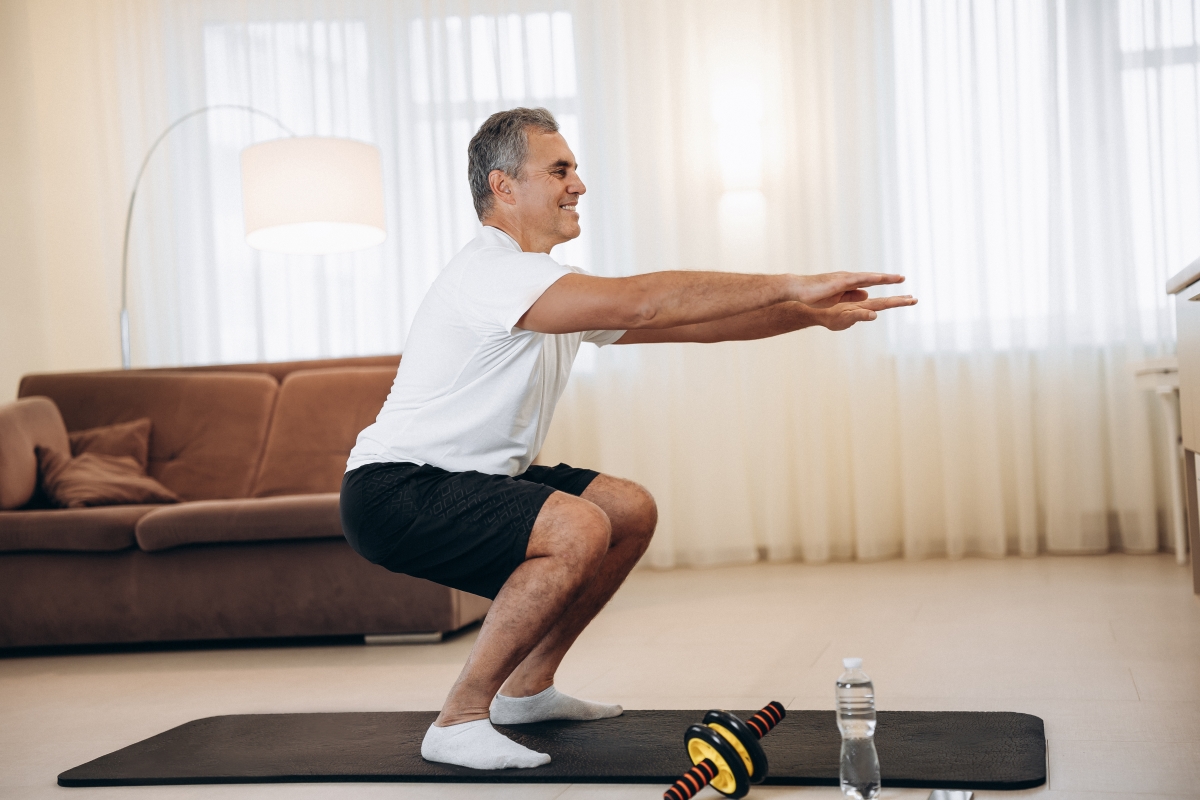
If you were paying attention in science class you may recall that nitric oxide is a chemical. Now in a biological sense, your body produces it in the inner lining of your blood vessels—the endothelium. It is released into the body where it improves energy creation by increasing oxygen. Insufficient nitric oxide compromises health.
How to do it
The exercise consists of four movements each comprising 10 repetitions done successively for three sets. The exercises are quick squat, arm lifts (from a hanging position to shoulder level), standing jumping jacks, and overhead press (without any weight).
The exercise is a form of HIIT and doesn’t take more than four minutes. Once you can handle it comfortably, try doing them with 1 kg weights in each hand. Progressive overload, again. The nitric oxide dump should be done three times a day.
Watch FFD’s exercise expert do the dump, here.
3 Cycling
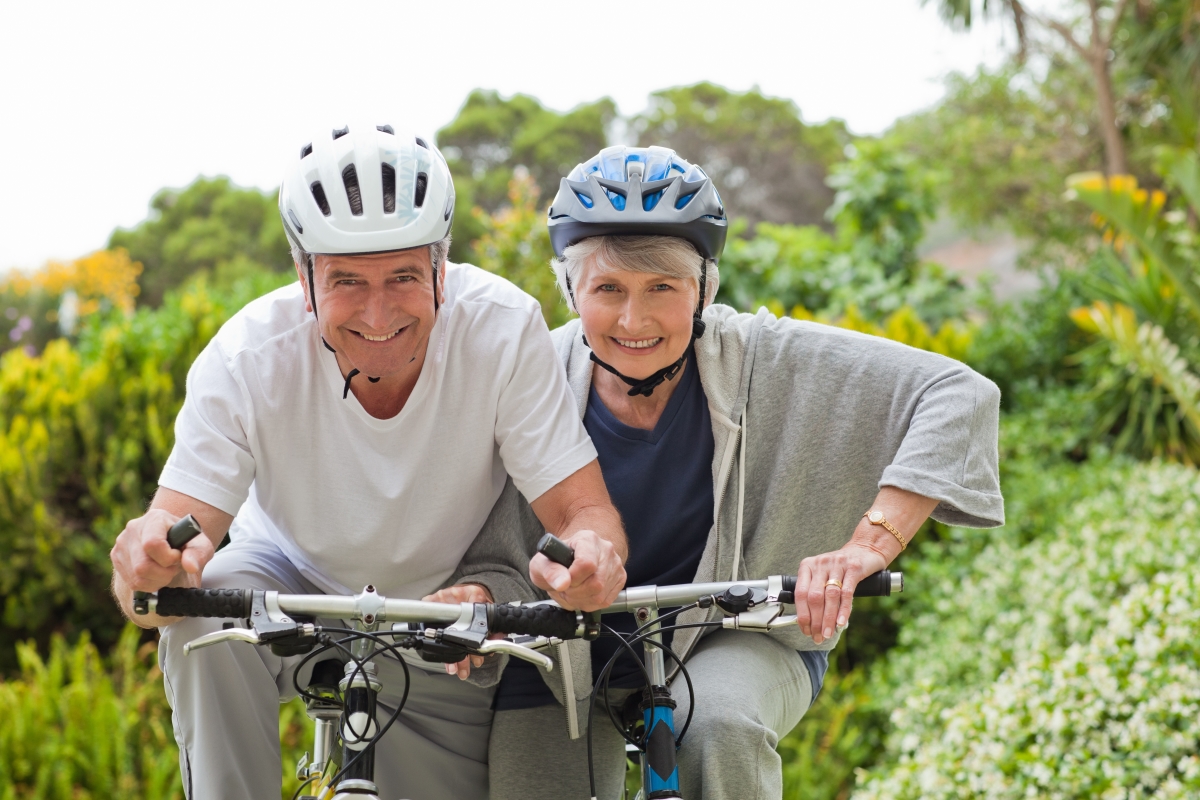
Given that diabetes is more prevalent among older populations, it should come as no surprise that several diabetics suffer from arthritis. This compromises their freedom of movement, making stair climbing or squats painful if not impossible.
In such cases, cycling is a great low-impact exercise that can help you meet your exercise goal without straining your joints. 45 minutes to an hour of cycling every day is sufficient for starters. You also have a choice of biking outside or on a stationary bike indoors.
4. Aqua Walking
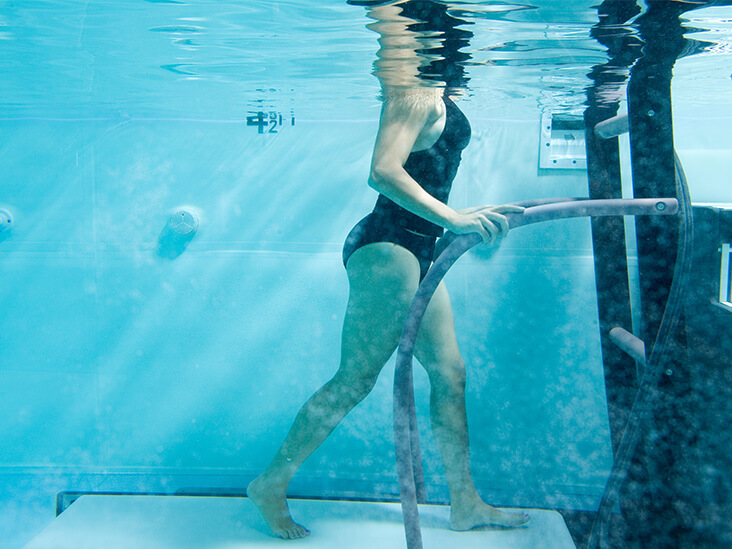
An all-around great sport, swimming is especially beneficial for those suffering from compromised joints or obesity.
Not only does the water’s buoyancy help take a load off, but the drag created by water’s density also makes it a great environment for aqua aerobics or just simple walking in water.
5. Dance
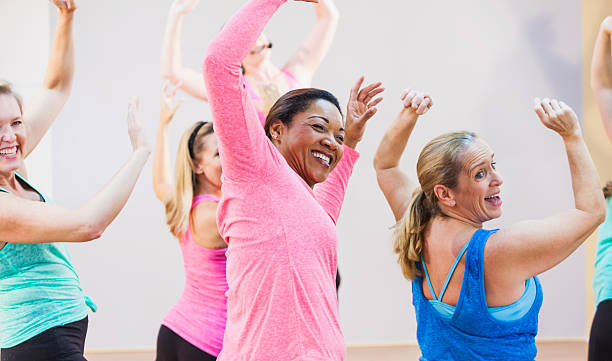
Dance is also a great way to get those calories burning. Any style is fine, from line dancing to hip-hop or any of the many dancercize classes that have taken the internet by storm.
You don’t have to stick to just one. Try them all and just have fun.
6. Weight training
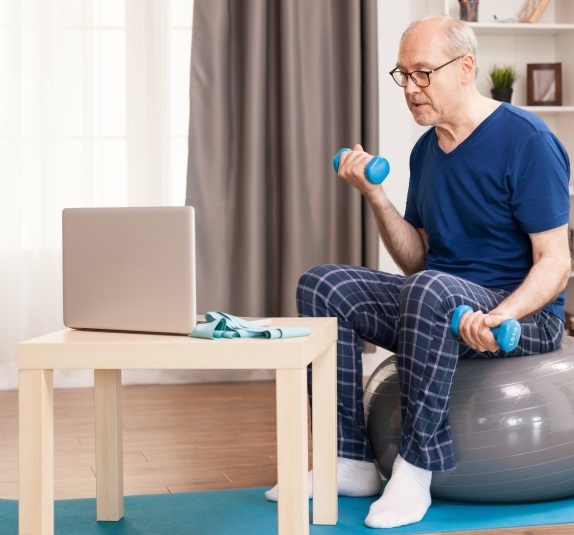
When you exercise your muscles draw glucose from your bloodstream to burn for energy, so it follows that the bigger your muscles the higher the calorie expenditure.
Weight training, or any resistance exercise, is a proven way to increase muscle mass and raise your body’s calorific needs.
7. Calisthenics
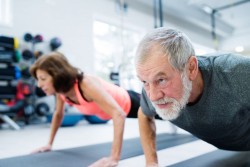
If you can’t go to the gym, or just don’t like the gym, you can get much the same benefits with calisthenics routines. These are nothing but movements that use your body weight to add resistance.
Movements like pull-ups, dips/push-ups, squats, lunges, crunches… are all forms of calisthenics. For flavor try variations to the traditional dips, pull-ups, and square, you can find many options on the internet.
If you decide to take up any form of resistance training, do remember to take a rest day every now and then to give your body time to recover. A day between training is good for beginners.
Once your body gets accustomed to the movements, opt for one rest day after two consecutive training days. Eventually, you can progress to a 6:1 split. But listen to your body. Injury happens when we overtrain.
8. Yoga
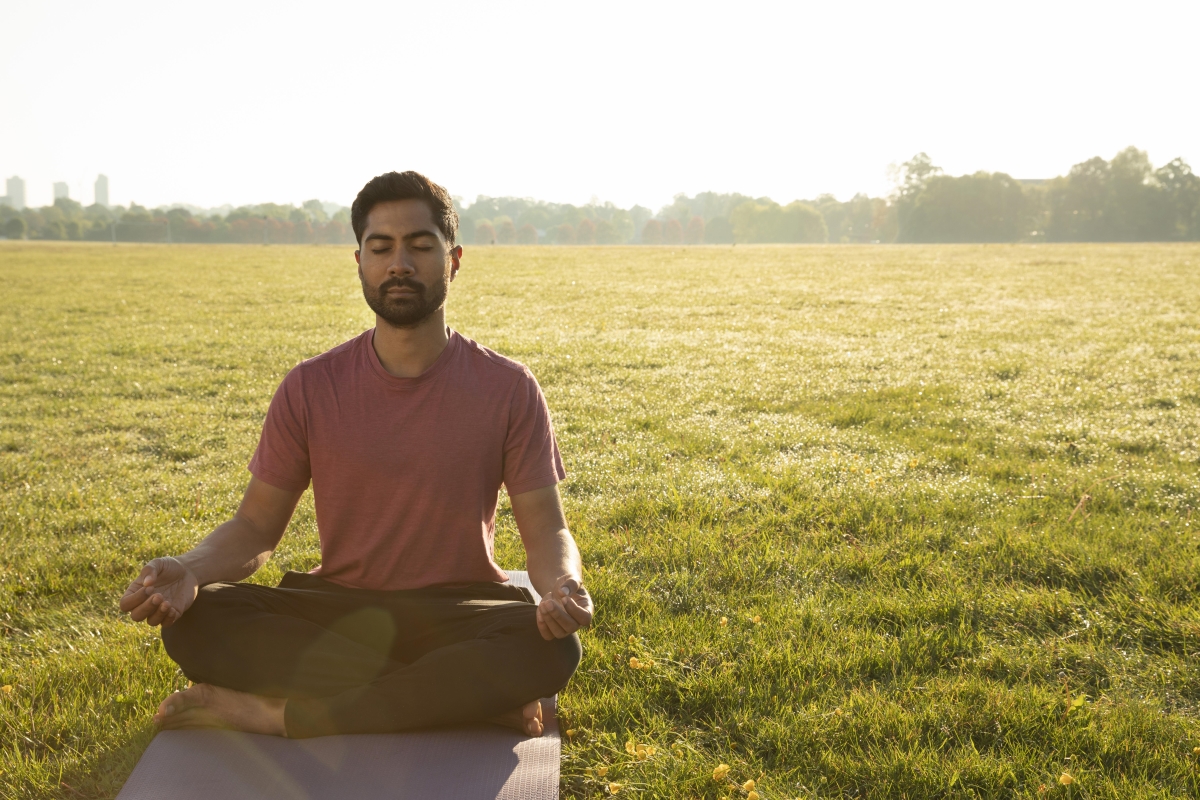
Yoga is a great way to get your exercise, and your blood sugar under control. This ancient Indian exercise comprises poses that work specific parts of the body; not just the muscle-skeletal system, but the underlying organs, and systems from the central nervous system to the endocrine.
Yoga is also a fantastic way to improve balance—one of the major aspects of fitness, including muscle strength, flexibility, and endurance.For a regular Yoga practice for diabetes, sign up for our free weekly Wow Wednesday program. You can also try the many routines posted on our YouTube channel
9. Pilates
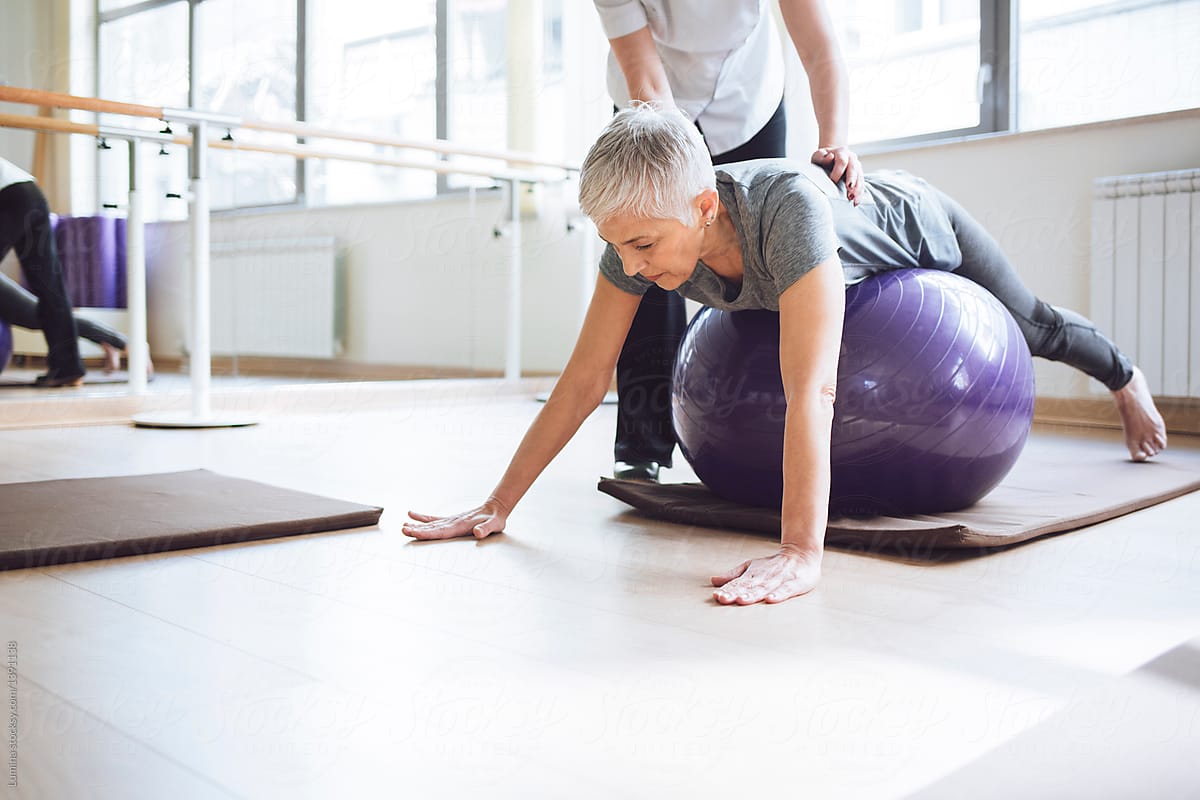
Pilates is a very popular fitness program, that can help diabetics improve their blood sugar management.
Although there are some Pilates exercises that can be done at home, it also incorporates some special equipment, for which you will need to sign up at a Pilates studio.
Like Yoga, it is designed to enhance core strength, body coordination, and balance.
10. Tai Chi
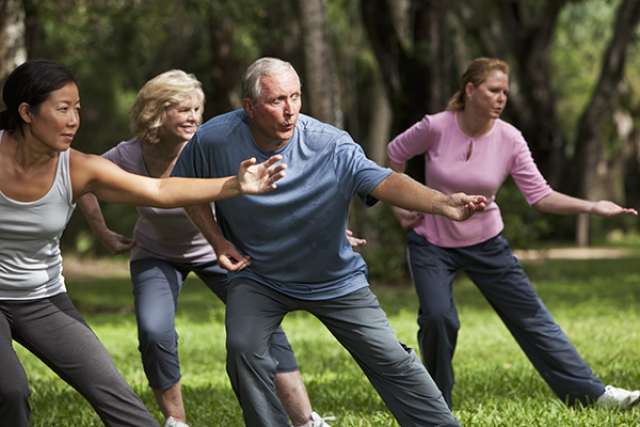
If you don’t like strenuous activities, Tai Chi may be just what the doctor ordered for you. It is simple, enjoyable, even, addictive. Tai Chi uses slow, fluid movements with deep breathing to build strength, balance, and flexibility. Tai chi has been shown to improve the management of blood glucose and HbA1c in type-2 DM patients.
It also works the nerves of the feet, which helps keep peripheral neuropathy at bay. Tai Chi is great for relaxation, and mood upliftment, making it good for stress release, effectively helping bring down blood sugar levels. Best of all, once you master the basic steps, you can perform Tai Chi almost anywhere.
In conclusion
Regular exercise is critical for everyone’s health—especially if you happen to be diabetic. The above exercise forms have proven benefits for diabetics. All that is needed is consistency. Do, however, remember to consult your doctor before beginning any exercise program.
Now you know the types of exercises which you need to perform on daily basis, you know Exercises are inversely proportional to obesity and how obesity is related to diabetes, read How Obesity is related to Diabetes Now, also it's recommended not to take stress because it gives bad effects read more.
FAQs
1. How does exercise help manage diabetes?
Exercise helps lower blood sugar levels, improves insulin sensitivity, and can aid in weight management.
Eg. Cycling is a great low-impact exercise that can help you meet your exercise goal without straining your joints. 45 minutes to an hour of cycling every day is sufficient for starters.
2. What types of exercise are best for diabetes?
Walking,Stair climbing, Nitric Oxide Dump, Cycling, Aqua Walking, Dance, Weight training, Calisthenics, Yoga, Pilates, Tai Chi etc. These types of exercise are good for diabetes.
3. How often should I exercise if I have diabetes?
Aim for at least 150 minutes of moderate to vigorous aerobic exercise each week, spread over at least 3 days.
4. Can exercise lower my blood sugar too much?
Yes, Exercise increases the need for glucose in muscle cells to produce energy. This glucose comes from the blood, which helps lower your blood sugar levels. These exercise Tai Chi, Pilates, Yoga help to lower your blood sugarlevel.
5. What are some easy exercises to start with?
Walking, swimming, dancing, Stair climbing, and light weight lifting are great options to begin with.
Disclaimer:
This Blog solely serves our marketing purposes, for Authentic knowledge for this topic, Please join Discover Reversal Session

